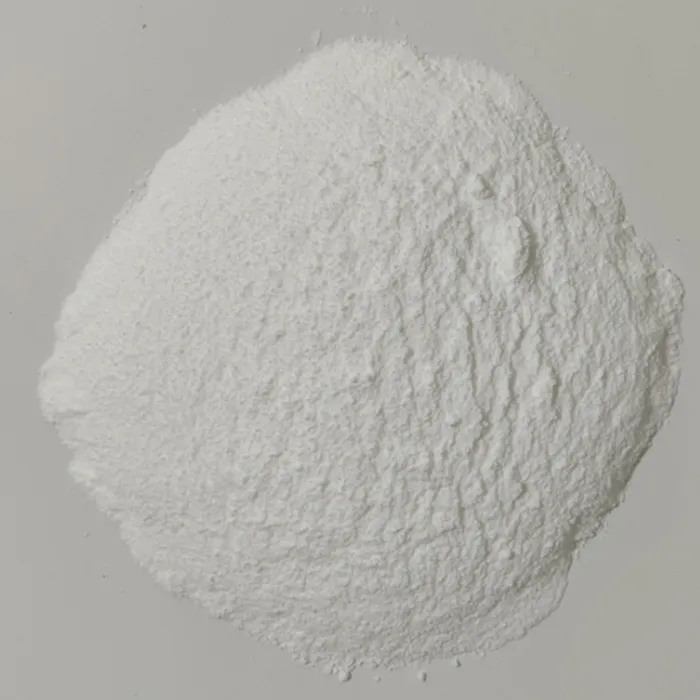Chemicals Used in Water Treatment
Water treatment is an essential process that ensures the safety and quality of water for human consumption, industrial use, and environmental sustainability. Various chemicals are employed during different stages of water treatment to remove impurities, kill pathogens, and improve the overall quality of water. Understanding these chemicals and their purposes can help us appreciate the complexity and importance of maintaining clean water supplies.
One of the most common chemicals used in water treatment is chlorine. Chlorine is widely recognized for its disinfecting properties; it is effective at killing bacteria, viruses, and other harmful microorganisms. When added to water, chlorine generates hypochlorous acid, which penetrates the cell walls of microbes and destroys them. However, it is crucial to control the dosage of chlorine, as excessive amounts can create harmful byproducts, such as trihalomethanes (THMs), which may pose health risks.
Another important chemical is alum, or aluminum sulfate, which is used as a coagulant in the flocculation process. When alum is added to water, it helps to bind small particles, such as dirt and organic matter, into larger aggregates called flocs. These flocs can then be easily removed during the sedimentation process, thereby clarifying the water. The use of alum not only improves the physical appearance of water but also enhances the efficiency of subsequent disinfection processes.
In addition to chlorine and alum, various types of coagulants, such as ferric chloride and polyaluminum chloride (PAC), are also used in water treatment. These coagulants serve similar purposes as alum but may offer advantages in specific water quality conditions or regulatory requirements. For instance, ferric chloride can effectively reduce phosphorus levels in water, which is crucial for minimizing algae blooms in lakes and reservoirs.
pH adjustment is another critical aspect of water treatment, and chemicals such as lime (calcium hydroxide) and sodium hydroxide are often employed for this purpose. Maintaining the correct pH level is necessary for ensuring the effectiveness of disinfection, as extreme pH values can hinder the performance of disinfectants like chlorine. Lime and sodium hydroxide are used to raise the pH of acidic waters, thus promoting better coagulation and disinfection conditions.
what chemicals are used in water treatment

Fluoride is another chemical commonly added to drinking water, particularly in some regions, to prevent dental cavities
. While fluoride is beneficial in small amounts, proper monitoring is necessary to avoid excessive levels, which can lead to dental fluorosis or other health issues.For the removal of dissolved organic matter and micro-pollutants, activated carbon is often used in water treatment. Activated carbon works by adsorption, allowing it to trap impurities and improve taste and odor in drinking water. Granular activated carbon (GAC) filters are now a standard component of many treatment plants, further enhancing water quality.
Ozone is an alternative disinfectant gaining popularity in water treatment. It is a powerful oxidizer that effectively destroys bacteria and viruses without producing harmful byproducts like THMs. However, ozone must be cautiously managed, as it decomposes quickly and requires special equipment for generation and application.
Finally, advanced oxidation processes (AOPs) utilize combinations of chemicals, such as hydrogen peroxide, with UV light or catalysts to degrade organic pollutants in water. AOPs are particularly effective for treating industrial wastewater contaminated with resistant compounds.
In summary, the array of chemicals used in water treatment is integral to providing safe and clean water. Each chemical plays a unique role, from disinfection to coagulation and pH adjustment, ensuring that the water we consume meets health and safety standards. As water treatment technology advances, new chemicals and methods will continue to enhance water quality and address emerging challenges within this critical field.

